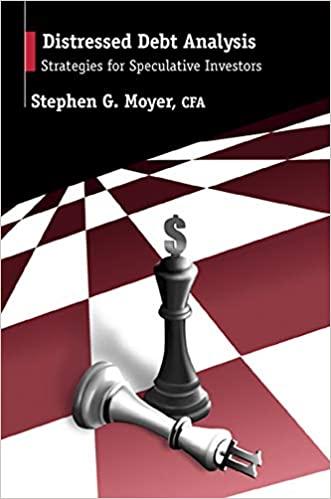Question
Question #3. [16 points] This question is about the Effcient Markets Hypothesis (EMH). Part A. [6 points] describe the Efficient Markets Hypothesis. What is the
Question #3. [16 points] This question is about the Effcient Markets Hypothesis (EMH).
Part A. [6 points] describe the Efficient Markets Hypothesis. What is the difference between the Weak EMH and the Semi-strong EMH ?
Part B. [10 points] Andrew Lo, writing on the Efficient Markets Hypothesis (EMH) in the New Palgrave Dictionary of Economics (p. 785), asserts that the most common challenge to the EMH is the anomaly, a regular pattern in an assets returns which is reliable, widely known, and inexplicable. He goes on to say that the combinations of a regular pattern and reliable occurrence imply a degree of predictability, and the fact that the regularity is widely known implies that many investors can take advantage of it. Read the following extract from the SBBI 2022 Yearbook on the concept of a meme stock (attached on the next page). Based on readings in the EMH module including, but not limited to, the commentary in my anomaly lecture notes, and Bailey text, argue for or against the following statement: The returns on meme stocks are evidence against the EMH. Is your argument with the weak EMH, or the more general (larger information set) semi-strong EMH? Be explicit. Hint: You might think about whether or not the meme stock episode is an anomaly.
Step by Step Solution
There are 3 Steps involved in it
Step: 1

Get Instant Access to Expert-Tailored Solutions
See step-by-step solutions with expert insights and AI powered tools for academic success
Step: 2

Step: 3

Ace Your Homework with AI
Get the answers you need in no time with our AI-driven, step-by-step assistance
Get Started


